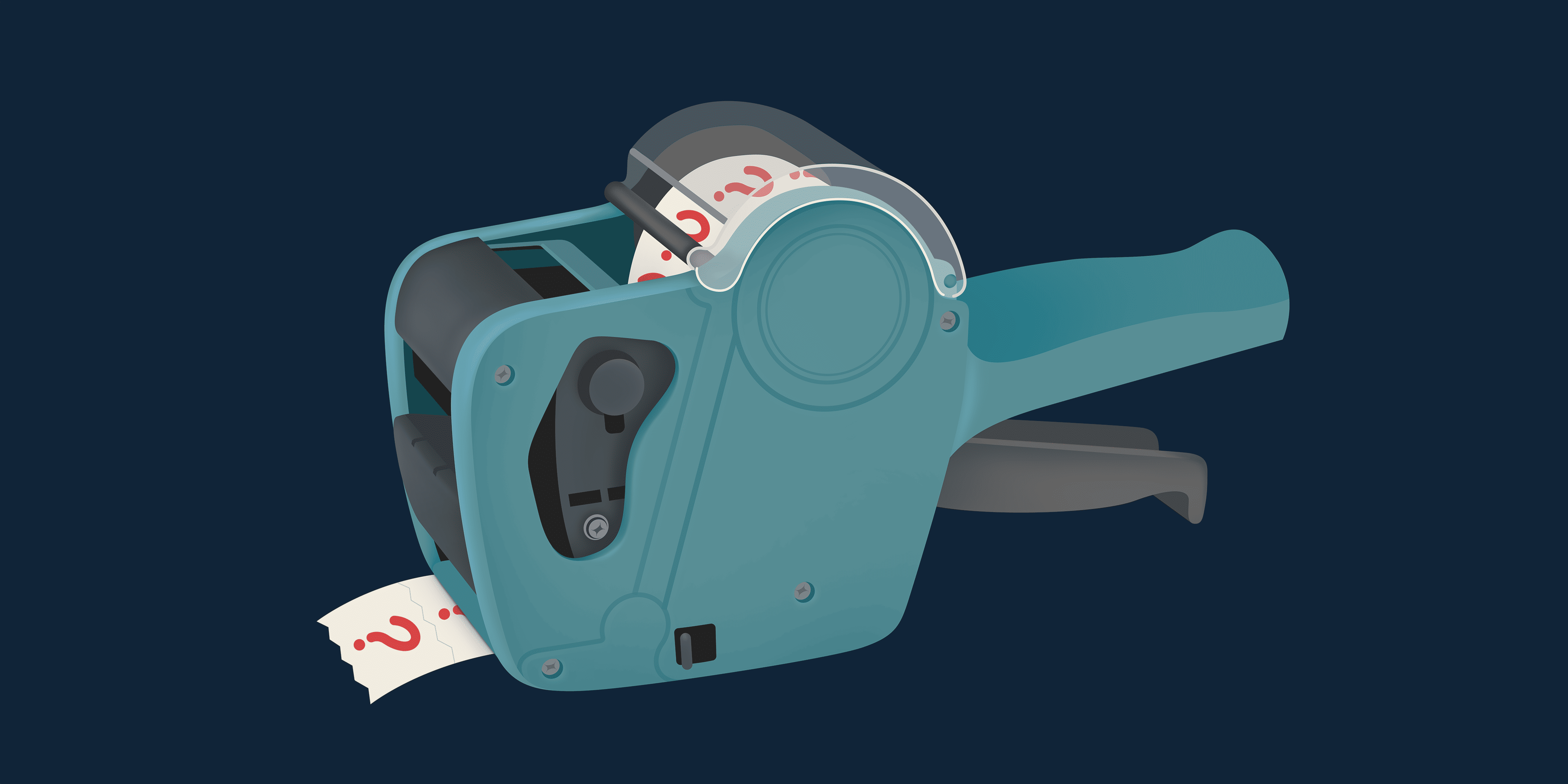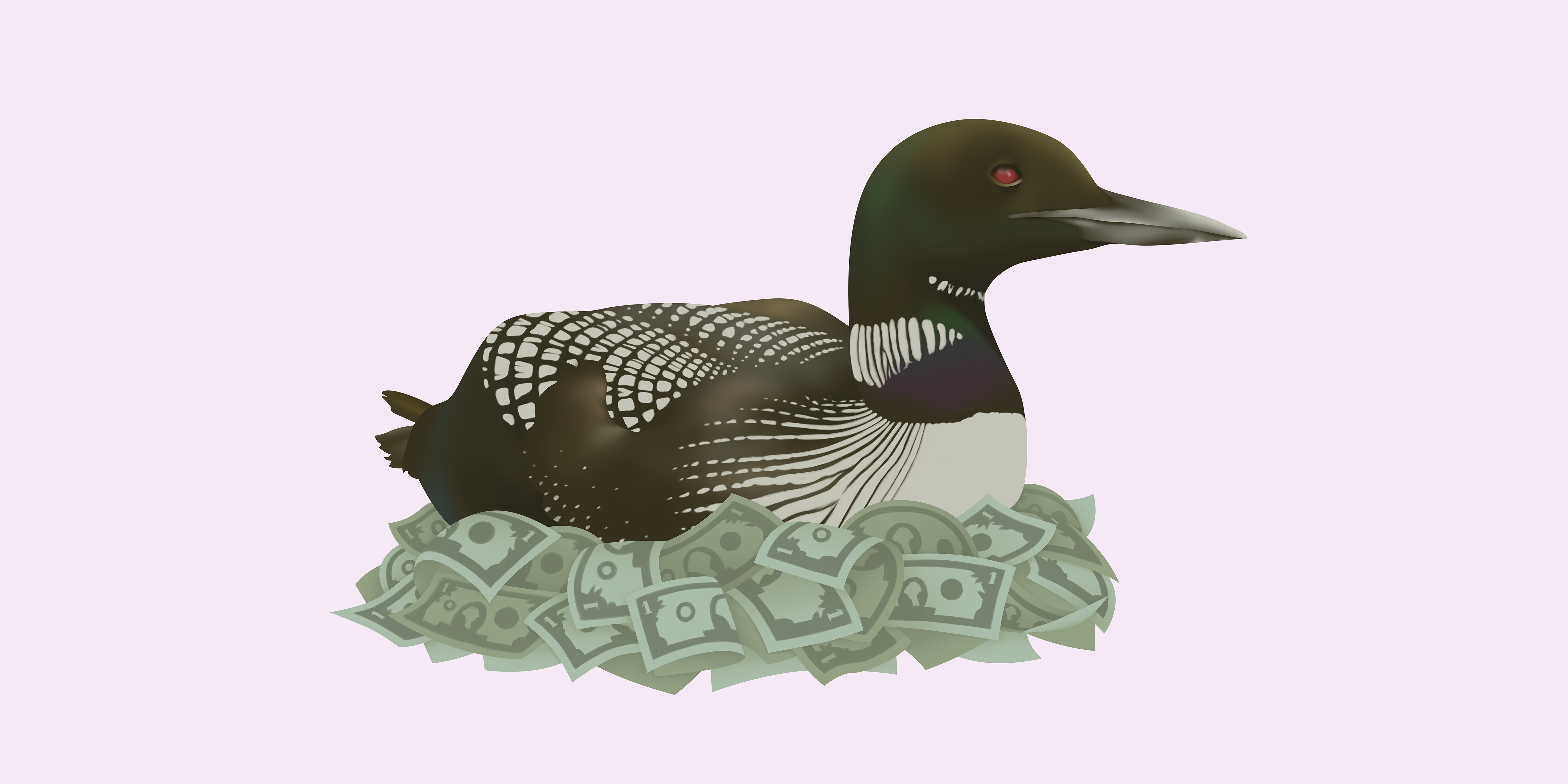*Editor’s Note: The U.S.-Canada tariff situation has been fluid and quickly evolving since the initial tariffs were threatened by President Trump, and at the time of writing this article in April 2025. While the financial information is accurate as described, the news events the interviews refer to are ever-changing.
It’s been a wild ride for North American stock and bond markets in 2025 so far, as investors contemplate the far-reaching repercussions a protectionist, tariff-driven U.S. trade policy will have on the economy and their investments.
Stock markets loathe uncertainty, and the on-again-off-again nature of the tariff threat since U.S. President Donald Trump’s inauguration in January makes it challenging for businesses and investors to make confident decisions.
Ever-changing tariff plans
That’s made markets more volatile and trying to keep clients informed of what’s going on and how it might impact their investments, “(has been) really difficult because it changes by the minute,” says Candice Bangsund, a vice-president and portfolio manager, Global Asset Allocation at Fiera Capital Corp. in Montreal.
Everyone, including the chair of the U.S. Federal Reserve, Jerome Powell, is “in a wait and see mode,” she adds.
“Obviously, this is mainly about Trump, but when Trump started to get closer to taking power, and the rhetoric started to ratchet up, I think it certainly surprised the market in the quantity and the rhetoric,” adds Craig Basinger, the chief market strategist at Purpose Investments.
“I like to call it the flip-floppery of Trump. For any investor, it’s unsettling.”
Trump clarified some of his tariff plans on April 2nd, announcing a 10 per cent baseline tariff on all trading partners, and higher tariffs of 17 per cent to 54 per cent on other countries like Israel, China and Cambodia. Trump continued with a 25 per cent tariff on Canadian aluminum and steel, and 25 per cent tariff on all foreign-made automobiles, with exemptions from goods compliant with the USMCA free-trade agreement. Canada responded with 25 per cent tariffs on all vehicles imported from the United States that are not compliant with CUSMA the following day, while China retaliated with new 34-per-cent tariffs on all U.S. goods – leading stock markets to drop further, after a week of deep declines.
While Trump boasts that tariffs will fill government coffers as countries exporting goods to the U.S. are forced to pay tariffs on those goods, most companies will pass on some of those costs to U.S. consumers. That will raise prices and inflation in the U.S. and can hurt the economy, especially as countries apply reciprocal tariffs to U.S. goods being imported to their country from the U.S.
Inflation worries and global instability
Higher prices could reinvigorate inflation beyond the two per cent target, forcing the U.S. Federal Reserve to hold interest rates steady or even increase them, Bangsund says. And if tariffs slow economic growth, it could lead to a stagflation scenario where growth slows, inflation remains stubborn, and unemployment increases. Already, the U.S. has been “grappling with elevated and sticky inflation,” says Bangsund and that’s brought into question “the scope of potential rate cuts from the Federal Reserve” this year. Higher interest rates can dampen stock markets as borrowing costs increase and fixed income investments like bonds become more attractive to investors than equities.
On top of the tariff worries, the drop in U.S. stock markets also came as they were highly priced and dominated by the Magnificent Seven tech stocks like Apple, Meta and Amazon – and amid worries about Chinese advances in artificial intelligence with news about Deep Seek AI, notes Basinger. Geopolitical risks are also high with the ongoing conflicts in Ukraine and the Middle East, adds Bangsund. Those types of events often cause a reaction in the stock market and make it more volatile.
Flight to bond safety?
As stock markets fall, that often means bond markets rally, because investors turn to the relatively more stable fixed income markets. Bond market yields have been trending lower (as bond yields fall, bond prices rise) and they have been trading on “the fears of a global growth slowdown and a potential recession,” Bangund says.
“Bond markets have been positive (as) investors (have been) walking to the safety of fixed income in what’s been an uncertain environment.”
However, if inflation begins to rise again “the bond market could see some vulnerability and volatility as investors reprice those rate expectations,” she says – and we could be back at a scenario similar to 2022 when both bond and stock markets were negative.
How bonds do this year will depend on how the economy performs, Basinger says.
“In an environment where the economy is doing better, that’s a headwind for bonds, because it’s somewhat inflationary. But on the flip side, on equities, if the economy is doing better, it’s better for those companies’ future earnings. So companies get bid up, and that’s why you get equities moving up and bonds moving down,” he explains.
“And conversely, when the economy is slowing down, inflation usually is being more suppressed, and that puts downward pressure on bond yields, and that pushes the price of bonds up,” he explains. “But again, it pushes the future earnings of companies lower because economic growth is slowing down, so that is a negative for equities. That’s generally why (bonds and stocks) move in opposite directions over time.”
Looking ahead
Basinger says he expects 2025 to be “a very noisy year” with Trump’s policy shifts creating uncertainty, and that could dampen market returns to “low single digits.”
And while the global economy is generally strong right now, he adds, the U.S. tariff policies could mean we “get a bit of a growth scare, and that probably could cause a lower level for markets, which I think would be probably one of the better opportunities of the year.”






